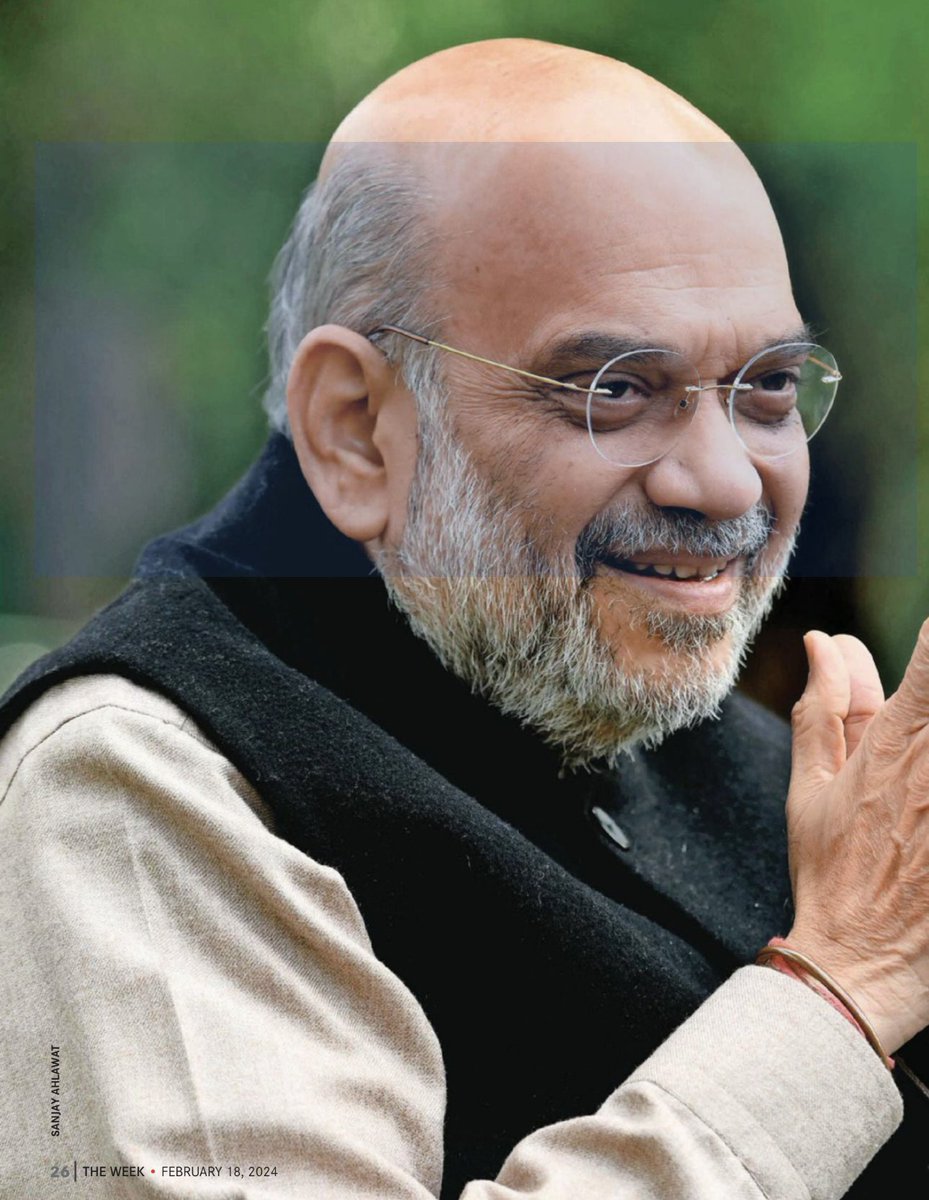Speaker Anand Ranganathan explains how Mahatma Gandhi condoned the horrific, barbarian acts on Hindus by Muslims during Moplah Riots which incensed Dr. Ambedkar.
Dr. Ambedkar was adept in understanding the mindset of political Islam and he rightly evaluated the Malabar Rebellion, popularly known as Moplah Rebellion, as an outbreak to establish the Kingdom of Islam in Malabar by overthrowing the British Government and non-believer Hindus.
Dr. Ambedkar was baffled by the attitude and treatment accorded to the Hindus in Malabar, irrespective of their social status, by the Moplah rebels during the course of their action against the British authority.
A distillate of Ambedkar's thoughts on Islam and Muslims can be found in Pakistan Or The Partition Of India, a collection of his writings and speeches, first published in 1940, with subsequent editions in 1945 and 1946.
Courtesy : Shri Anand Ranganathan on Srijan, speaking on Moplah he revealed the truth behind the rebellion.
• • •
Missing some Tweet in this thread? You can try to
force a refresh












